The Enduring Fight for the Philippines’ 4th UNESCO Biosphere Reserve
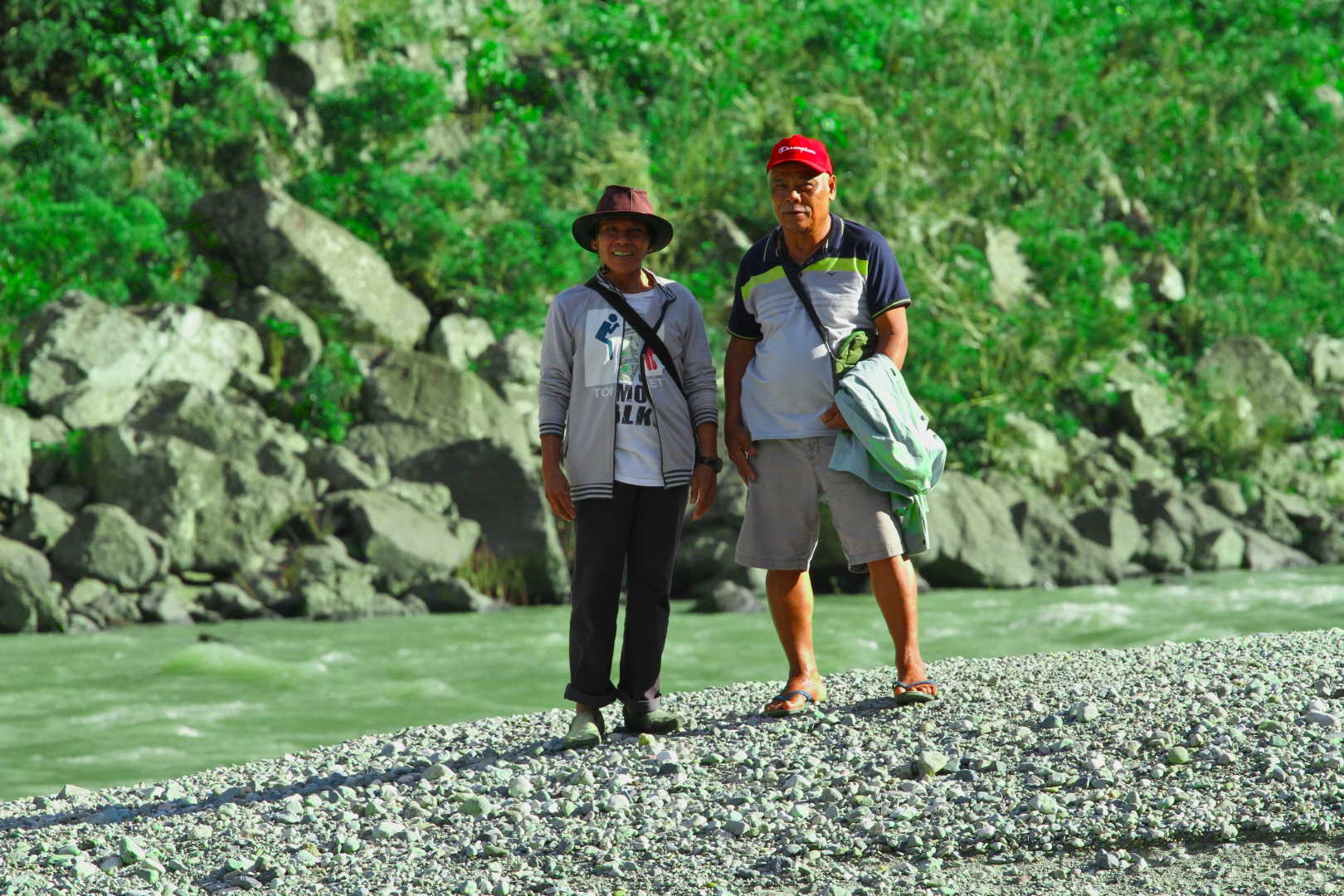
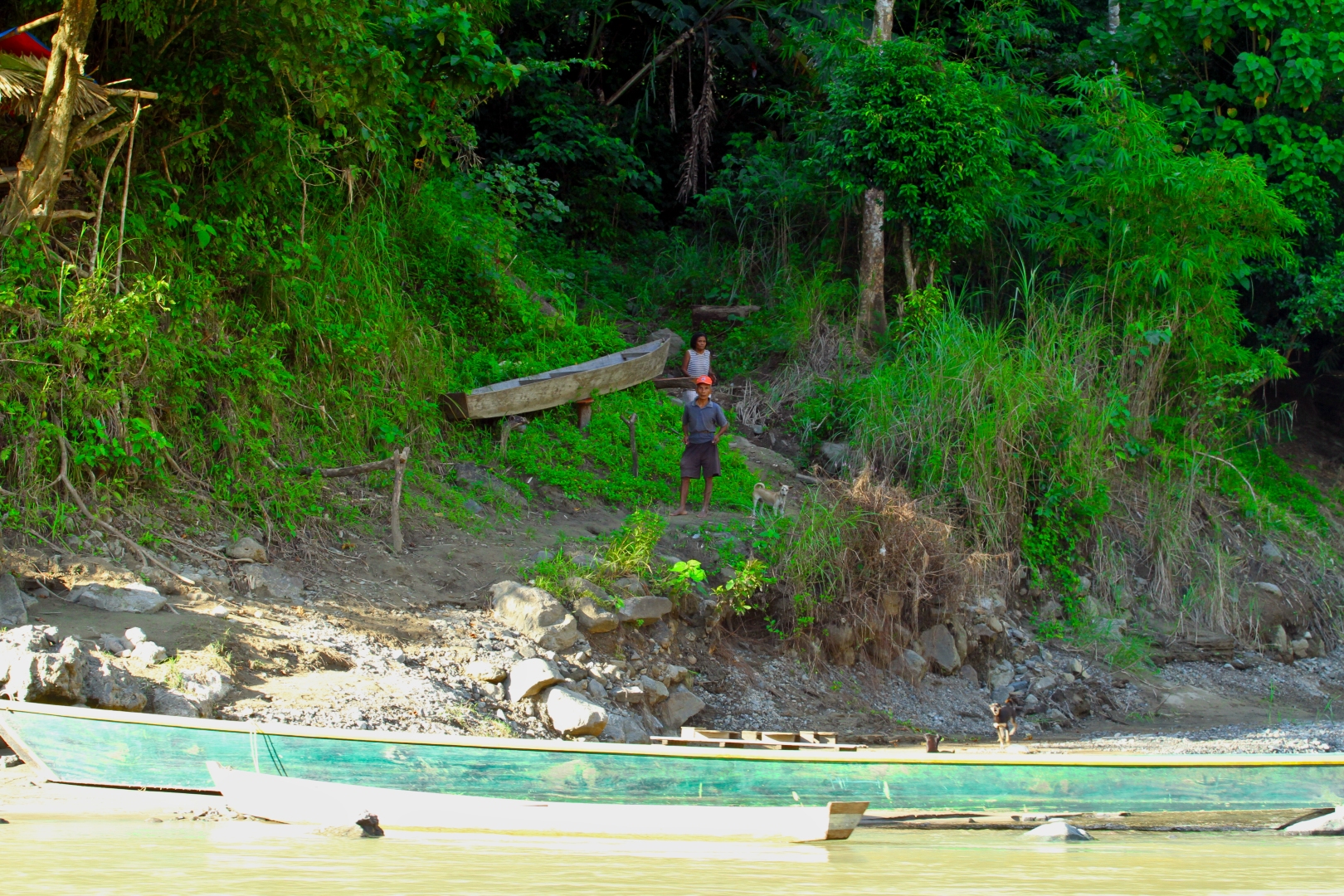
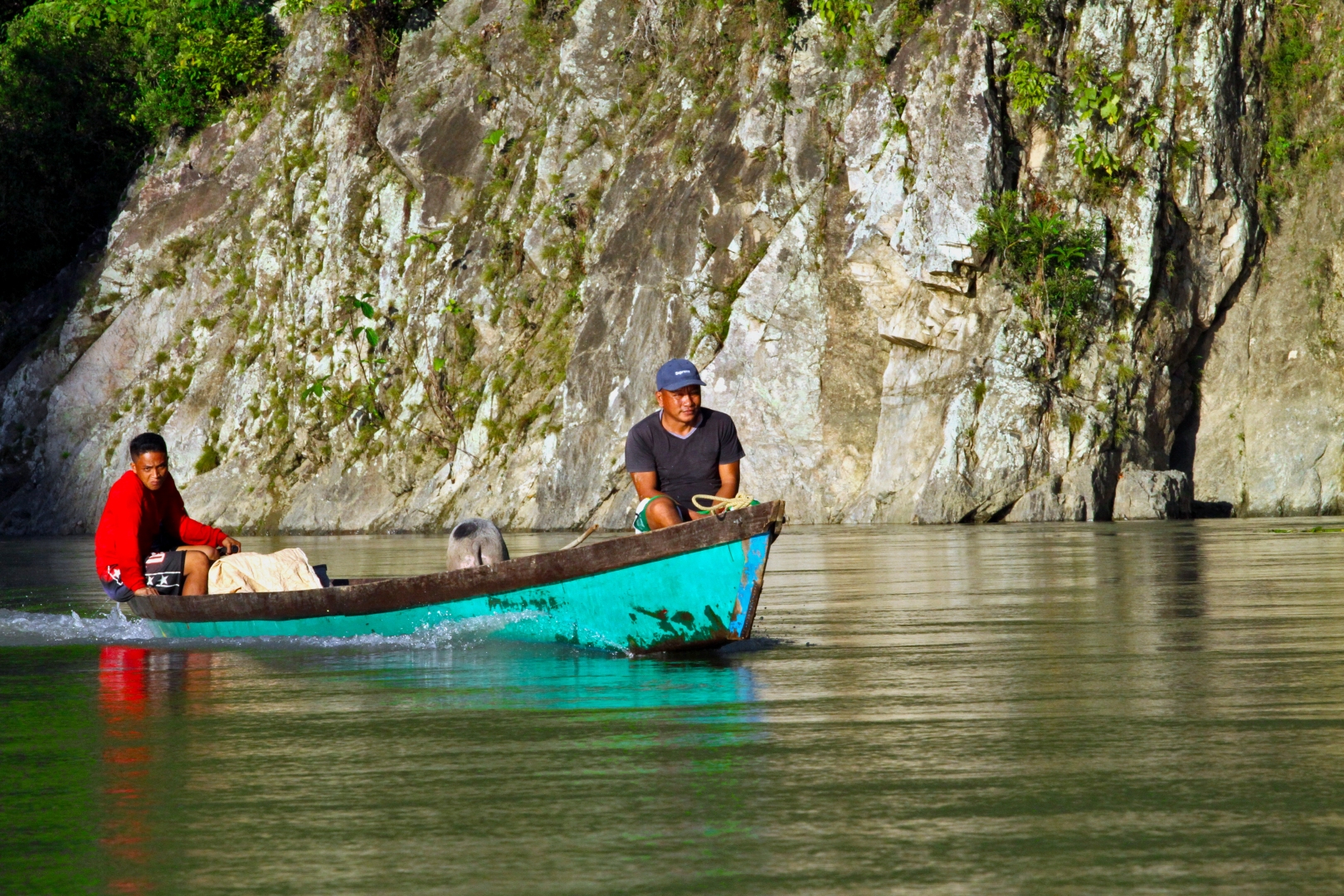
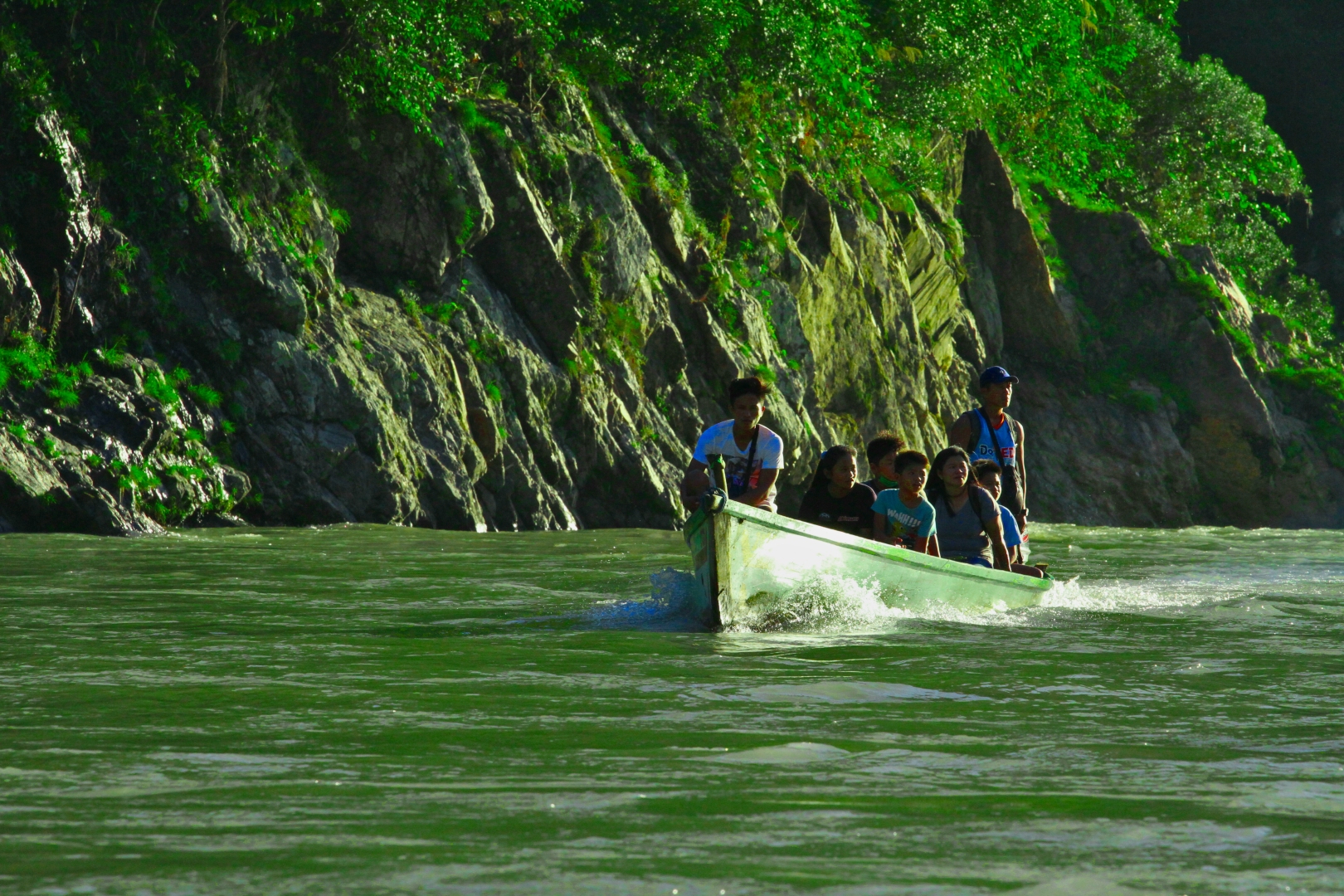
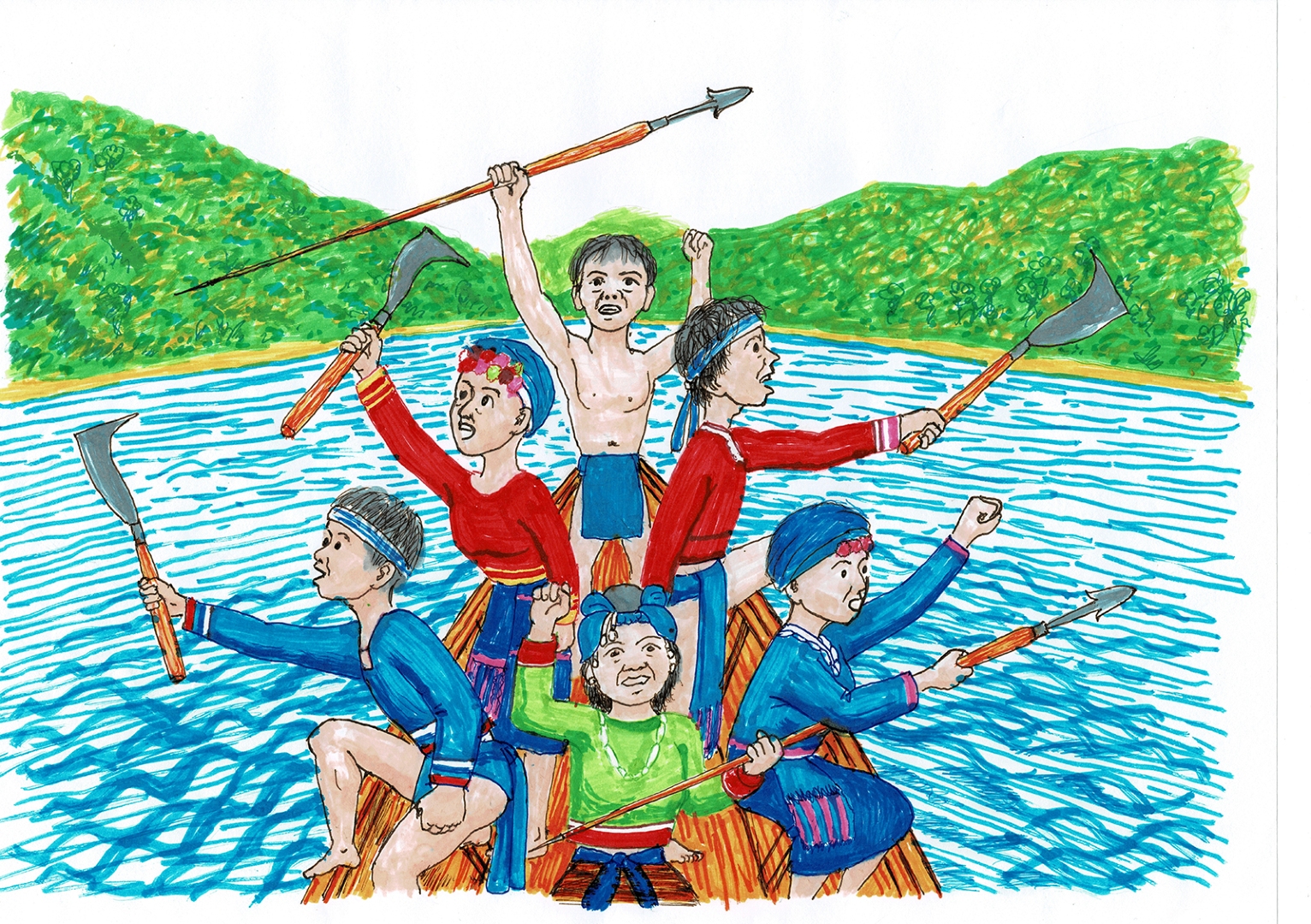
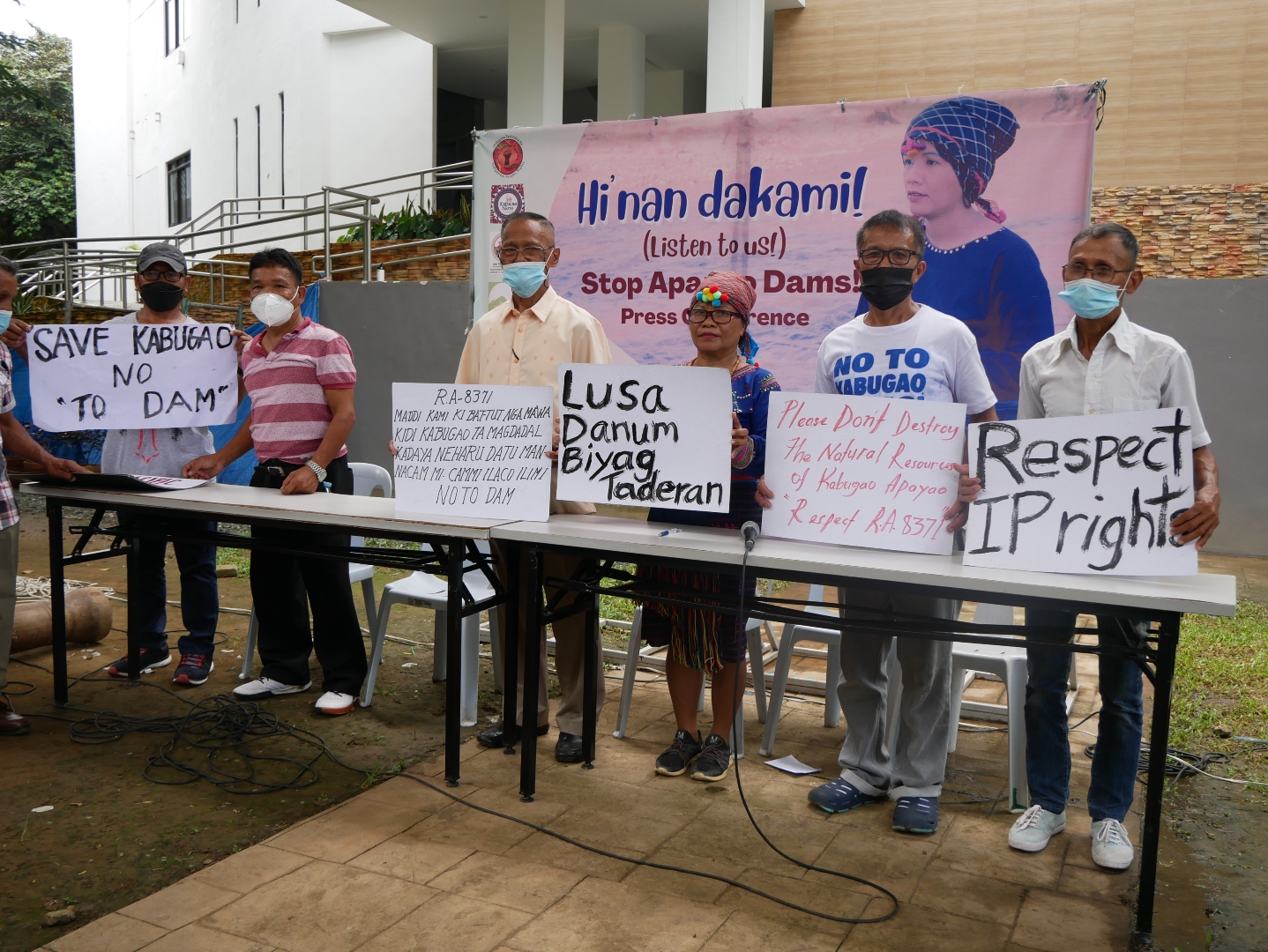
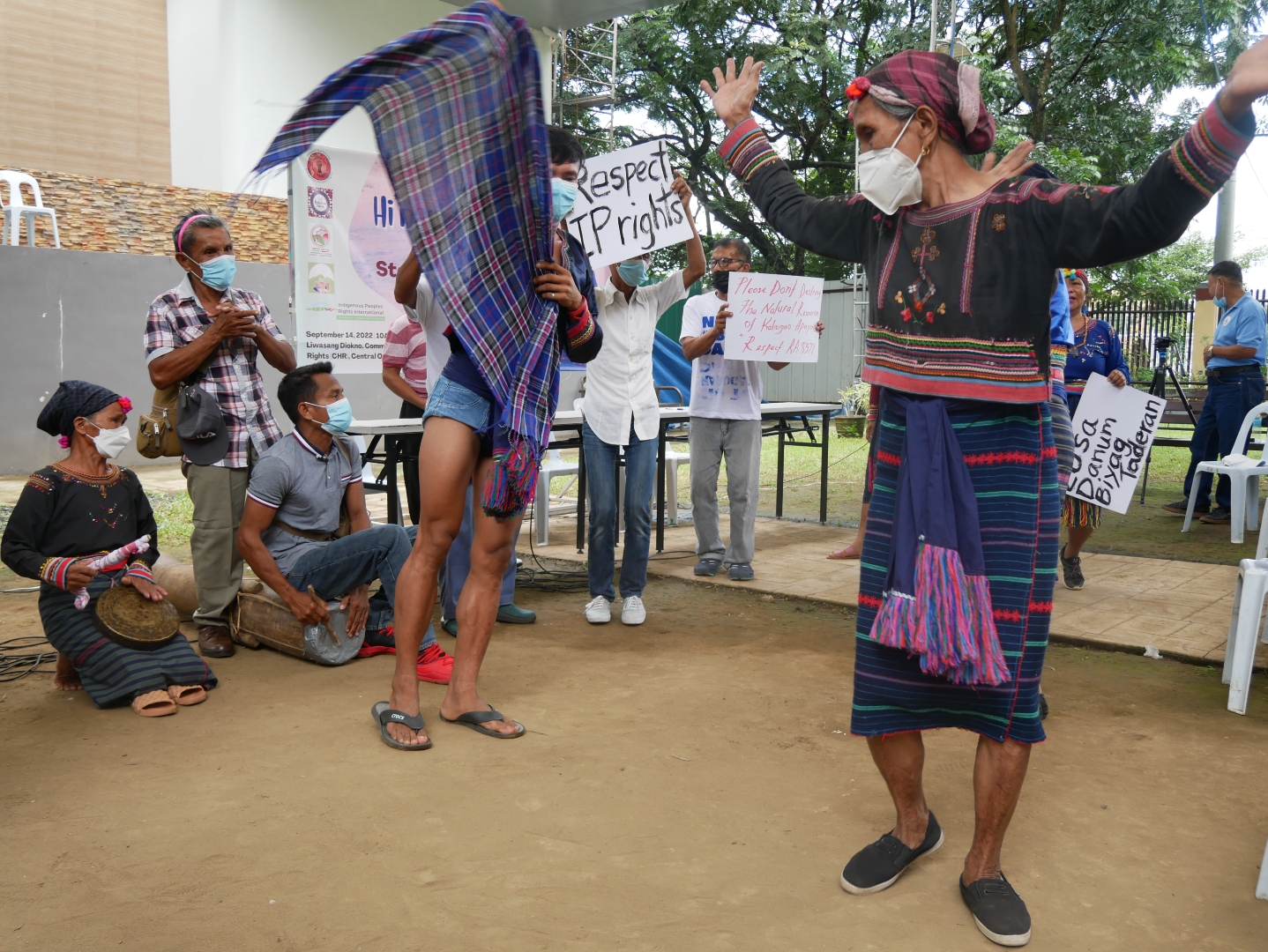
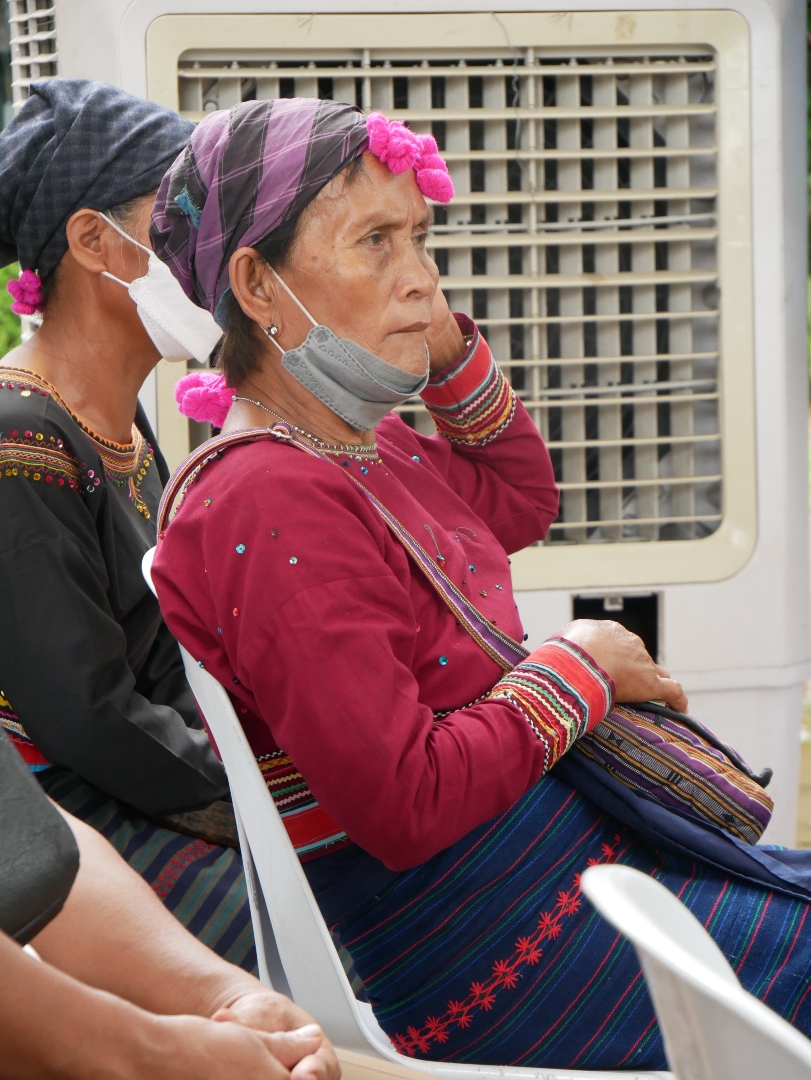
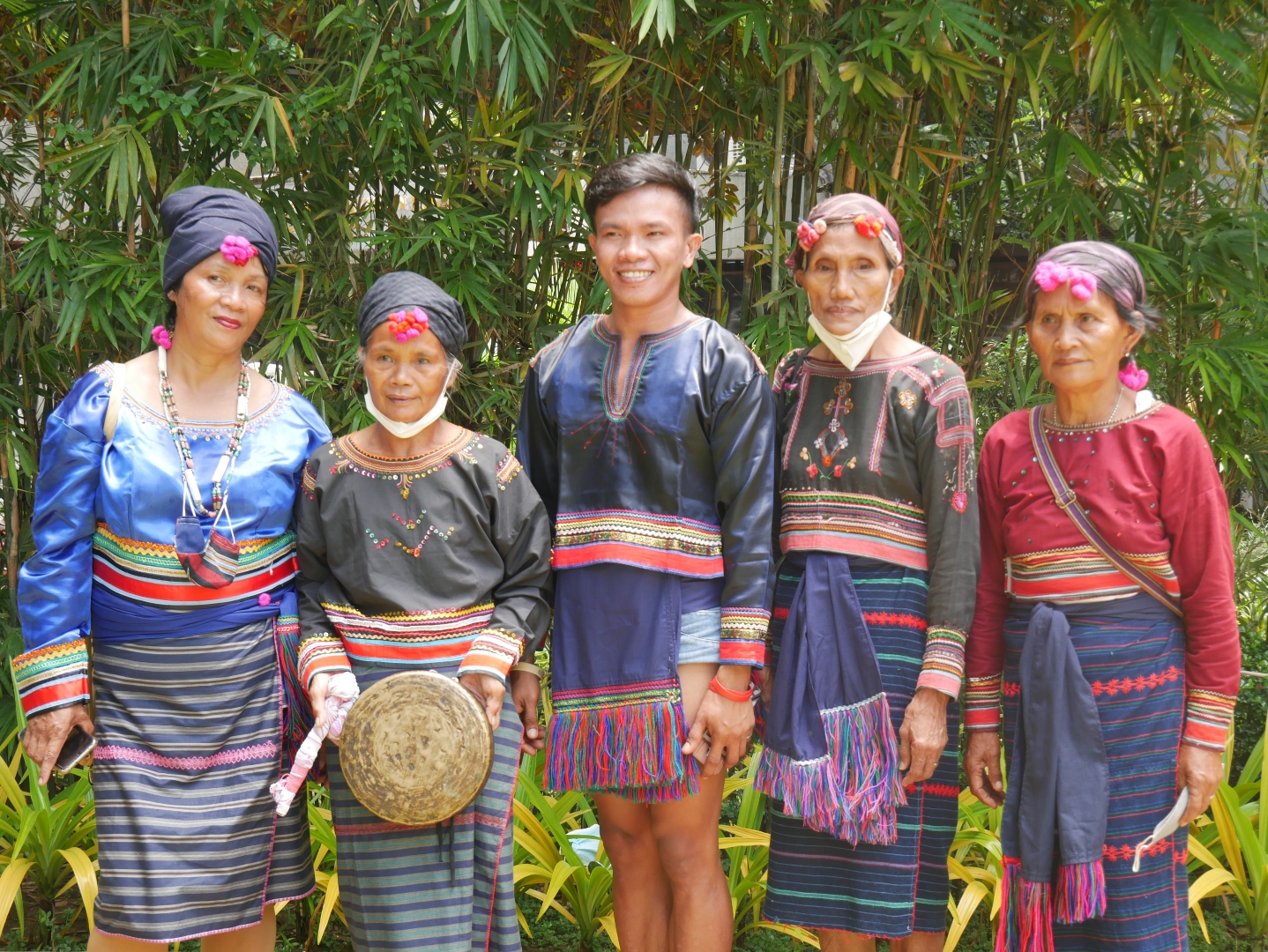
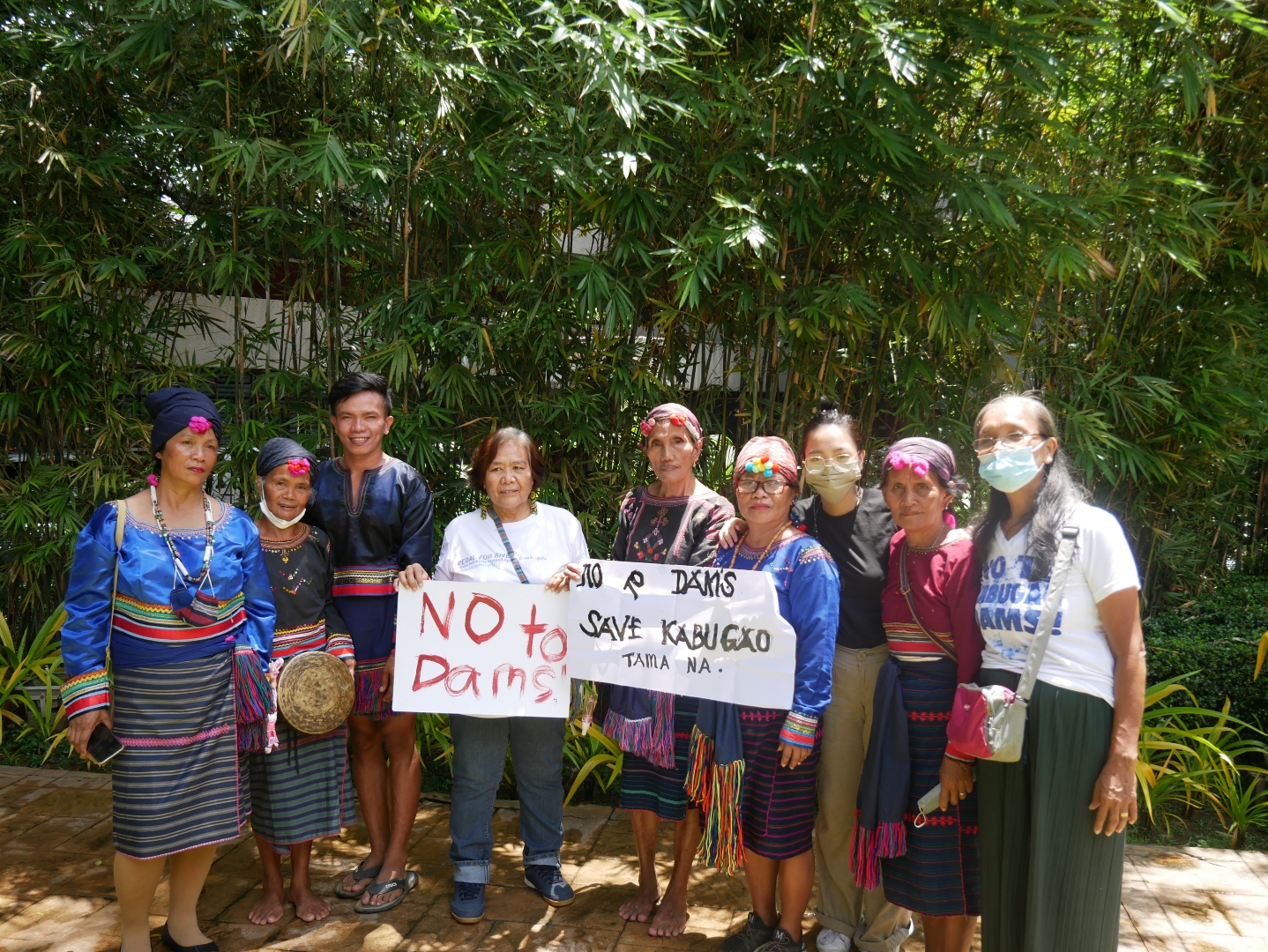
“Even though I am already old, I still want to help our community in this struggle. I will contribute to the cause in my own ways, for the future generations,” said 84-year-old Rudy Taong, as he signed a joint counter-affidavit for a perjury case against key opposition figures, him included.
Thirteen members of the Isnag Indigenous Peoples in Kabugao, province of Apayao, face judicial harassment filed in a prosecutor’s office fifteen hours away from them in an attempt to discourage community members from opposing the planned construction of eight mega dams in Apayao Province, Philippines. The project proponent, Pan Pacific Renewable Power Philippine Corporation (PPRPPC) applied to the Department of Energy (DoE) to develop eight hydropower dams in the province, harnessing an estimated capacity of 885-megawatt energy from the Apayao River and several tributaries.
The province of Apayao is located in the Cordillera region of Northern Luzon and is dubbed as the region’s “last nature frontier” with its diverse flora and fauna. It is likewise globally recognized as one of the remaining Key Biodiversity Areas. Apayao is a refuge for several endangered species such as the Philippine Eagle. Last year, UNESCO declared Apayao as the 4th Biosphere Reserve of the Philippines. The inclusion of Apayao province as a biosphere reserve is also attributed to the Isnag indigenous knowledge systems and practices which are still widely practiced by the communities in conserving their resources.
Elders like Rudy have been at the front of their community's struggle against the dam projects in their locality since 2017. Alongside their young Isnag members, they have been resolute in asserting their collective rights and finding remedies and mechanisms to address the government's lack of response to their call to stop the planned building of hydropower dams. The Isnag community continuously denounces the railroading of the free, prior, and informed consent (FPIC) process of the dam projects. They alleged that there was no consent given despite the process of reaching a signed memorandum of agreement. What transpired was a connivance between the National Commission on Indigenous Peoples (NCIP), the project proponent, and local politicians.
The NCIP, the agency meant to protect Indigenous Peoples’ rights, ignored and disregarded their petitions and community resolutions through the years. Aside from the NCIP, they sent documents and had dialogues with other government offices such as the Commission on Human Rights and the Department of Environment and Natural Resources. In 2022, they also wrote to the Philippine Eagle Foundation with the hope that they would act against the dam projects that would impact the habitat of the Philippine eagle located in the province.
The elders and leaders of the Isnag Indigenous Peoples have pinned their hope on the government and the redress mechanisms it is supposed to provide. They were continuously disappointed by the government and by the fact that no administrative remedies by the NCIP had addressed their endless yet evidence-based petitions. This led them to seek the help of lawyers in Baguio City. Despite the distance, lack of proper compensation and the complexity of the cases, lawyers from the Cortes Law Office in Baguio City accepted the challenge to stand with the Isnag people against a giant corporation, government agencies, and powerful political figures.
Organizations like IPRI and mechanisms like the Legal Defense and Sanctuary Fund (LDSF) have provided the Isnag community opportunities to defend their territories and resources in various administrative and legal remedies, and even in empowering the community through capacity-building activities. The fund enabled the Isnags to conduct case build-ups and file administrative cases against key players from the NCIP and local politicians. The legal team also filed a Petition for Review at the Court of Appeals, assailing the decision of the NCIP to greenlight the projects despite community resistance.
The Isnag people are aware that the judiciary sometimes takes years to resolve cases but knowing that cases are filed gives them a ray of hope. They acknowledge that legal actions are just some of the many things they can do. It has been eight years of asserting their rights to their ancestral domain; and eight years of collective struggle in defense of their rich natural resources, culture, and identity. It may be long but the battle has been sustained by elders like Rudy who would courageously face any trumped-up charges for the sake of the Isnags yet unborn.
If petitioners Motion for Reconsideration would be dismissed merely on technical grounds, there would be no determination if there was indeed forgery, falsification, or other attendant irregularities in the process of securing the Free, Prior, and Informed Consent (FPIC) of the indigenous community, and subsequent issuance of the Certificate Precondition, to the prejudice of the Indigenous Peoples of Kabugao, Apayao.
- Court of Appeals Resolution on the filed MR by the Isnag Indigenous People

